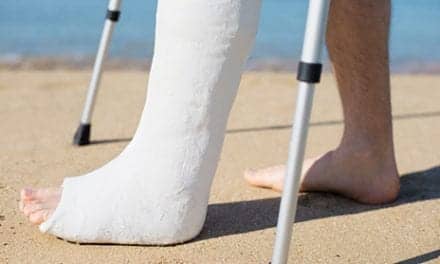Researchers from Surrey University and Trinity College Dublin have shown that common rubber bands infused with graphene can produce adaptable, accurate body movement sensors capable of functioning at high strain rates. The researchers created “G-bands,” which are body sensors that they claim have all the necessary components for monitoring, including heart rate to high-force, high-velocity joint and muscle movements, according to a news release from the American Physical Therapy Association (APTA). In addition, the G-bands are lightweight, sensitive, stretchable, and inexpensive.
The new body motion sensors were created by infusing rubber bands with graphene, a 1-atom-thick layer of carbon molecules capable of conducting electricity, according to APTA. Graphene is able to maintain its ability to conduct throughout stretching and twisting, which the authors of the study say is a quality “generally not compatible with traditional silicon/metal-based electronics.” The authors write that the newly developed G-bands provide information even at strains 800%, demonstrating “impressive performance as kinesthetic motion sensors, detecting motions as subtle as those associated with breathing and pulse.”
The authors of the study write, “One can envisage weaving G-band based sensors into clothing to monitor the motion of athletes or patients undergoing rehabilitation.” The authors also declare, “Ultimately, one can imagine a wearable network of G-bands performing wellness monitoring by continuous recording of functions,” adding that the low cost “will make it possible to roll out G-band based sensors extremely widely; for example, facilitating use in the developing world.”
The results of the study were published in the journal ACS Nano.
[Source: APTA]





